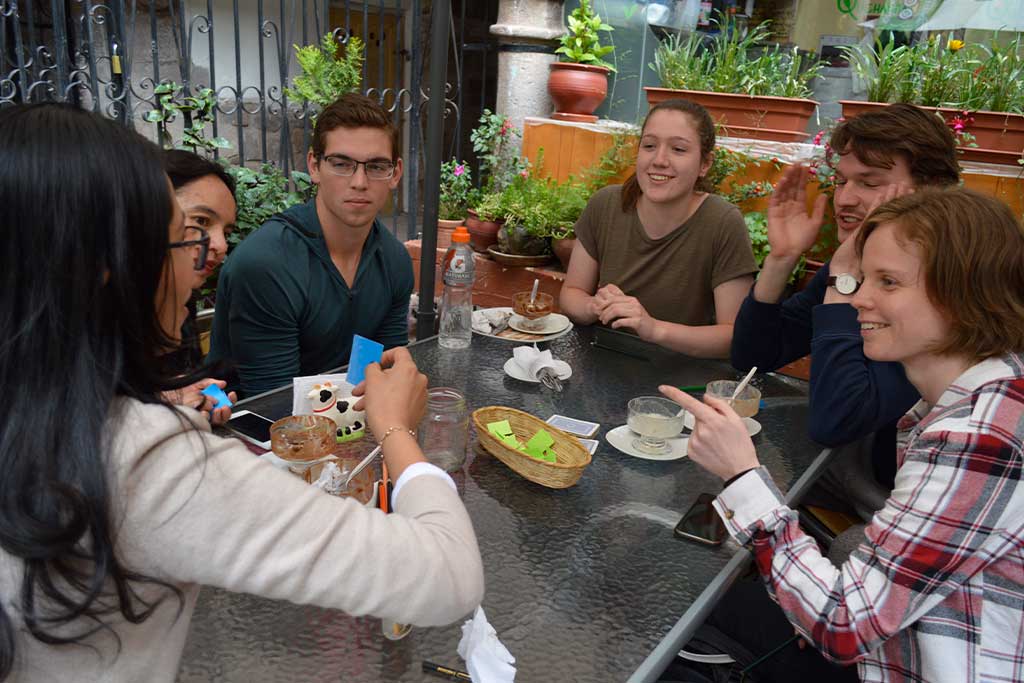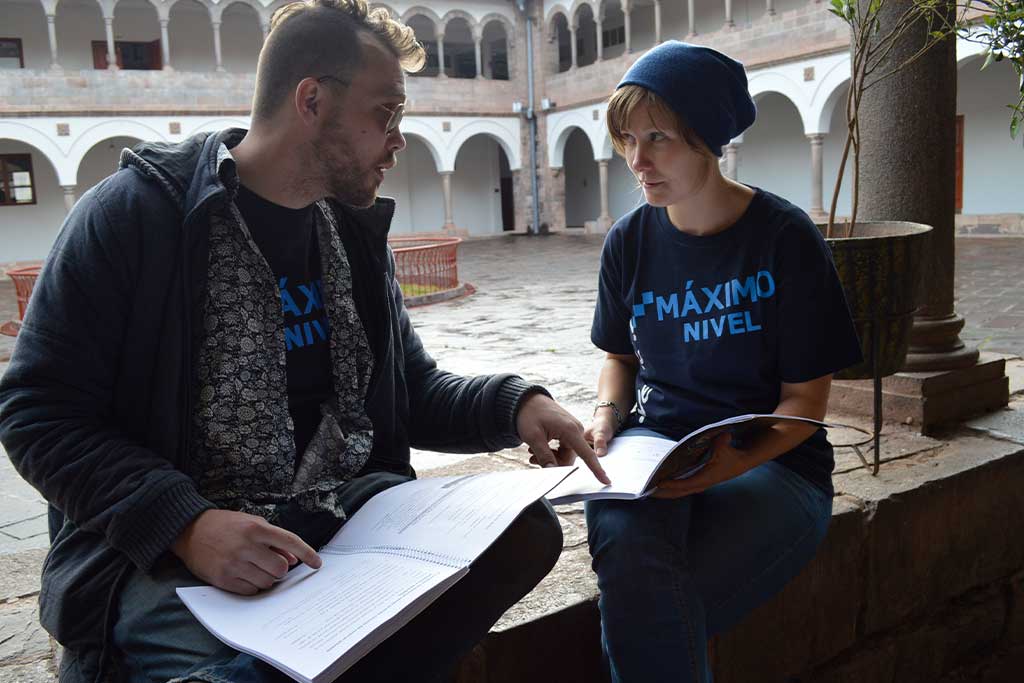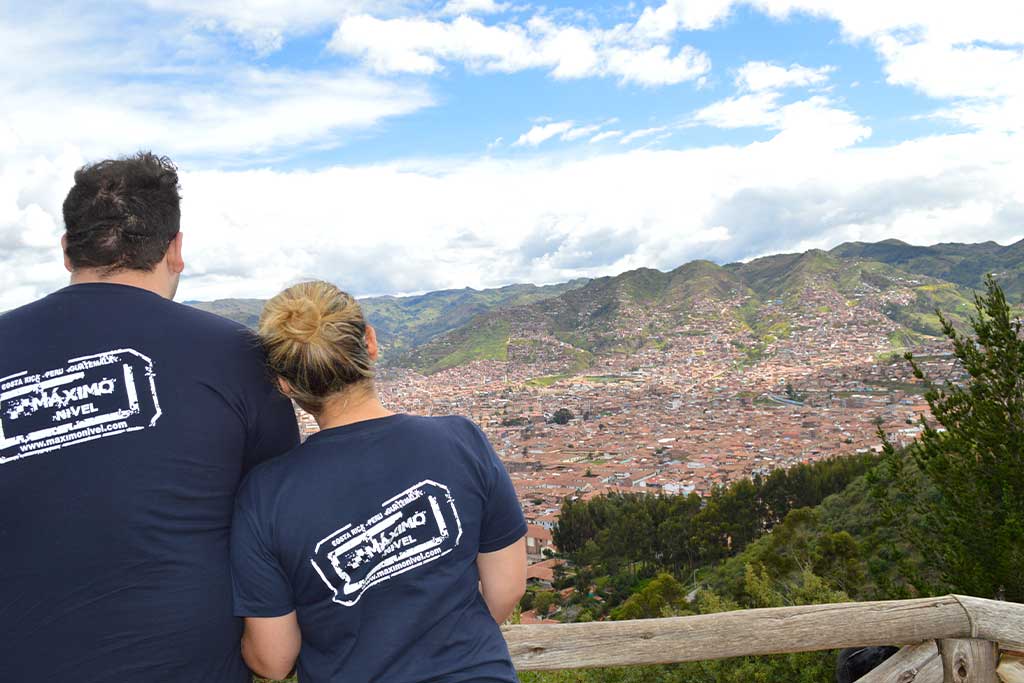In many ways, I’m thankful to have grown up and been educated in America. I know I’ve had access to a lot of resources and opportunities that other students might spend their whole lives dreaming of and never see. Education has never been an obligation to me, but a rich world to explore.
However, if I could change one thing about the standard curricula in the United States, it would be the lack of emphasis on foreign languages and cultures. Go to the Netherlands or China and you’ll find countless citizens with impeccable English. America, on the other hand, is the land of the monolinguals.
At least in the circles that I grew up in, hardly anyone spoke a second language. Not amongst my friends. Not amongst my parents’ friends. The few people I knew that did had been raised in bilingual households. They were learning a second language because it was their parents’ first, not because of the school system.
I understand that being multilingual is not a priority for everyone. Many Americans lead highly successful lives without branching beyond their mother tongue. But there’s something about this nationwide mentality that has always proven troubling for me, and it has to do with perspective.

By not prioritizing foreign language acquisition, Americans are turning their gaze inward, not outward. In itself, this accusation doesn’t mean much. But this nationalistic focus runs the risk of discouraging students from engaging with global issues during their developmental years.
If we don’t teach students to think globally in both a social and linguistic context, how can we expect them to care about other countries? We are global citizens as well as citizens of our home countries, but how can we create connections across borders if we cannot communicate?
Learning Beyond the Classroom
Because I see so much value in cross-cultural communication, you would think I was fluent in French, Spanish and Japanese. The truth: I speak a language and a half. Part of my frustration with language courses at many public schools, even at a collegiate level, is that they don’t prepare you for real-life situations.
Sometimes, I feel like I’ve been “learning” Spanish my whole life. Neither of my parents speak a second language, so all of my exposure was within classroom walls. I started taking classes in middle school, but it was the same liturgy for the first few years: colors, numbers, days, months. “Hello, my name is _____ .”

In high school, it was a requirement to take at least two years of a foreign language, so I started to learn a bit more that I could actually use. I got some grammar under my belt and though they were pretty dated, the textbooks included snippets of cultural background—Día de los Muertos, Semana Santa, a traditional dish here and there.
The underlying problem: everything I learned lacked context and practical application. I was practicing with other non-native speakers, many of whom were simply after a passing grade. The majority of the instruction was in English, and I never got to use what I had learned in a way that felt relevant or meaningful.
I continued studying Spanish in my first year of university, but the practice was still inauthentic. I was learning new vocabulary of course, and occasionally I would stumble over a confusing conditional, a new tense. But for the most part, it felt like my learning had plateaued. If you don’t use it, you lose it.
So over summer break, I decided to ditch my regular camp job and head to the source. If I wanted to make real progress, I knew that my best bet was full immersion. And in my hunt for the right program, I fell in love with the mountainous region of Cusco, Peru.
Lo Que Aprendí
I saved every penny I could during the school year—my eyes set on spending my summer in the Andes. When I found Maximo Nivel’s Spanish Immersion program, I knew it would be a good fit. Native instructors. Full immersion. Conversation practice in countries where Spanish is the official language.

So, I organized two months of language courses through Maximo and hopped on a flight to Peru. And eight weeks of living and breathing Spanish brought me so much closer to fluency than nearly eight years of flashcards and textbook activities had. Even ordering my morning coffee was an opportunity to improve!
In addition to the sheer amount I was practicing, studying Spanish in Peru gave me the authenticity I had been missing. Yes, my instructor was excellent. He conducted our small-group classes entirely in Spanish and tried to choose topics that aligned with our interests. However, I was most motivated by the opportunities I had to learn outside the classroom.
If you’re considering studying a foreign language abroad, I highly suggest living with a host family. Conversations around the kitchen table were the perfect time to try out any new words I had learned during the day. My host mom was funny and encouraging, and our time together gave me a glimpse into the day-to-day life of a Cusqueñean family.
This connection between language and culture is what none of my Spanish classrooms had ever been able to recreate. Suddenly, language learning was relevant, engaging and intertwined with its cultural context. And Cusco was an especially unique city for learning about language, culture, and history.

Former home to the Inca Empire, Cusco is full of ancient ruins, as well as remnants of later colonial conquest. On some days, my classes even included trips to nearby archaeological sites. Taking local tours in Spanish was the ultimate way to learn about language and culture at the same time.
Learning a foreign language in an English-speaking country isn’t impossible, but it divorces language from authentic context. By traveling abroad, I got to improve my Spanish while experiencing Latin American culture. And in my experience, there’s no better way to learn. If you can, go!
